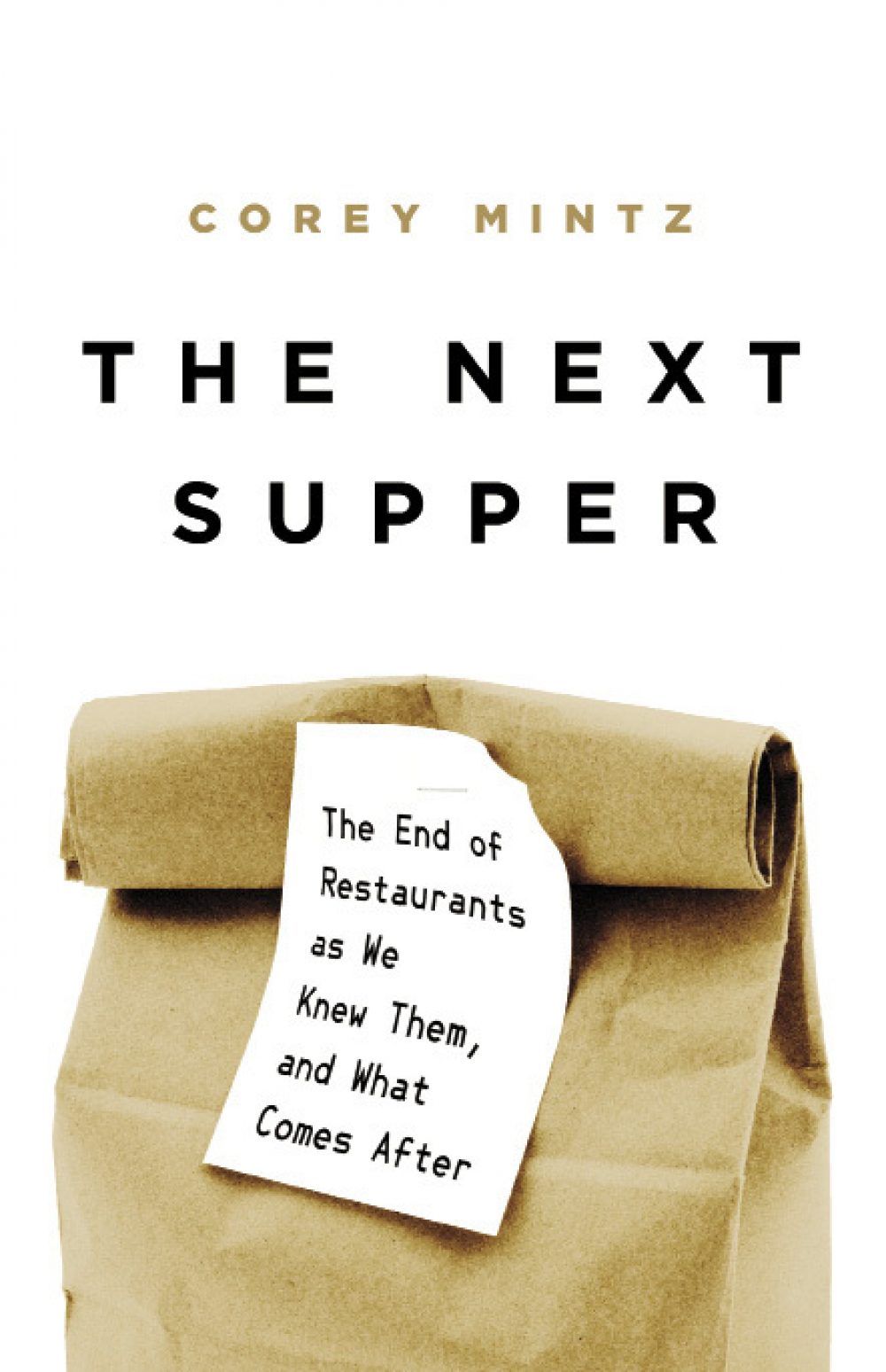Jacques Pépin Art of the Chicken
By Jacques Pépin
What many of us may not know about Jacques Pépin is that he is a fabulous artist, and his new book, “Jacques Pépin Art of the Chicken,” is fulsomely illustrated with vibrant watercolors of the charming creatures who make a star appearance in the accompanying recipes. For Pépin, preparing and cooking chicken touches on deep memories: “Beside the river, we gathered a pile of dry branches and driftwood and lit a fire. An older friend, who dispatched the bird expertly by holding it by the head and snapping its neck with a vigorous flick of his wrist, instructed us to gather fistfuls of wet clay from the banks. He completely encased the chicken in clay…placed it directly on the coals, where it remained for a few hours while we splashed in the cool river and hunted frogs along the banks.” In terms of cooking, Pépin is appalled that Americans often overlook the nuggets of meat on either side of the backbone referred to as “sot l’y laisse” (or “the fool leaves it”). He makes a chicken bouillabaisse, provides a classic recipe for vinegar chicken and is happy to offer up a simple roast chicken with boiled potatoes and green salad as the perfect meal. This book is Pépin at his best, a pairing of art and simplicity. As he writes, “Food is evanescent. You make a dish, you eat it, and it’s gone. It is a short moment in time. What is left are food memories. Yet, these food memories are very powerful and will nourish you through the years.” I intend to give this book to every cook I know as a reminder that the art of cooking is a combination of simplicity and common sense, a place where art happily intersects with craft.
Doctors and Distillers: The Remarkable Medicinal History of Beer, Wine, Spirits, and Cocktails
By Camper English
1651’s “Art of Distillation” offers a recipe for Elixir of Mummy—thought to ward off infections—that calls for infusing “man’s flesh hardened” into spirit of wine, filtering it, then evaporating the liquid until it is like an oil. If you find this recipe amusing, you will love “Doctors and Distillers,” which also shares this epilepsy cure: Simply bruise “the brains of a man who died a violent death along with his arteries, veins and nerves” in a mortar and pestle, then infuse the lot into the spirit of wine. Author Camper English makes the point that alcohol was the solvent of choice for extracting the active properties of botanicals—Chartreuse is a good example of something both medicinal and alcoholic. The Negroni is another case in point. Gin contains juniper, once used as a plague remedy; vermouth was used to kill intestinal parasites; and Campari is made with ingredients used to cure indigestion, depression and constipation. Over time, these home remedies would end up sold in bars rather than traveling medicine shows. All of this reinforces the notion that a cocktail is medicinal in nature, a lovely thought indeed!
The Next Supper: The End of Restaurants as We Knew Them
By Corey Mintz
The restaurant business is a lousy business if you want to make a sustainable living, see your family, avoid drugs and alcohol, and remain physically healthy. According to Corey Mintz, the margins are razor-thin, and roughly 30 percent of new restaurants close in the first year. In addition, third-party delivery companies charge 30 percent commissions, which makes it hard, nay impossible, for restaurants to make money on delivery orders. The solution? Ghost kitchens that service multiple restaurants. A shift to take-out. Tips that are built into menu pricing (though this had many notable failures, such as with Danny Meyer’s restaurants). Instagram-friendly dishes. Robots in the kitchen. The real problem? Large chain restaurants set low price expectations through economies of scale, making it difficult for small-scale independent restaurants to charge the true cost of preparing and serving their food. The answer? Support your local restaurants—they need our help.










